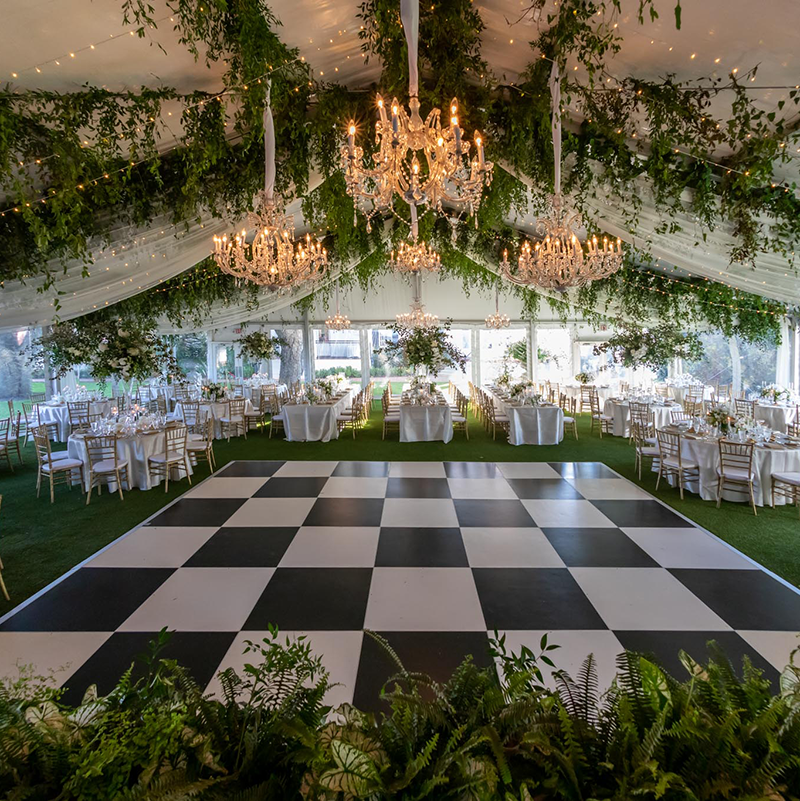Brightening Ingenuity Through Hue Principles in Light Emitting Diode Movement Platform Creations
Brightening Ingenuity Through Hue Principles in Light Emitting Diode Movement Platform Creations
Blog Article
Color theory is an important element of aesthetics, especially as it relates to creating LED dancing surfaces. The interaction of hues can greatly affect the atmosphere and vibe of a space. By grasping how colors work together, designers can create an ambiance that improves the overall encounter for participants. This article examines the fundamentals of color principles and its use in LED dancing floor designs.
The main colors are red, blue, and yellow. These colors cannot be made by mixing different hues combined. Intermediate colors, such as green, orange, and purple, are created by mixing main colors. Tertiary colors are formed by mixing a primary hue with a intermediate hue. Grasping these fundamental connections helps designers choose colors that complement one another and create a aesthetically pleasing show. Mixing these hues on an LED dance floor can lead to vibrant and stimulating outcomes that attract the attention of dancers.
Color value also holds a key part in aesthetics. Hues can be classified as hot or cool. Warm colors, such as crimson, tangerine, and yellow, tend to evoke feelings of enthusiasm and heat. In opposition, cool colors like azure, emerald, and violet often create a calm and tranquil environment. Creators can use these color temperatures to set the ambiance for various kinds of events. For instance, a party environment may gain from warm colors that energize the audience, while a further relaxed event might use chill hues to provide a calming effect.
In addition to hue pairings and value, brightness and saturation are essential factors to take into account. Luminosity refers to how light or dark a hue looks, while intensity indicates the vividness of a color. Bright, saturated hues can generate a vibrant and lively atmosphere, ideal for dance floors. On the contrary hand, gentler, less saturated hues can generate a further muted environment. By manipulating luminosity and saturation, creators can draw attention to particular sections of click resources the dance floor or establish sight pathways, leading participants through the space.
Ultimately, it is crucial to consider the emotional impacts of color in light-emitting diode dancing floor designs. Various hues can evoke various feelings and reactions. For example, red is frequently linked with passion and energy, while azure can be soothing and peaceful. Understanding these connections allows designers to tactically apply colors to influence the behavior of participants. Through incorporating view it color principles into light-emitting diode dance floor layouts, designers can improve the overall experience, making it unforgettable and pleasurable for everyone involved.